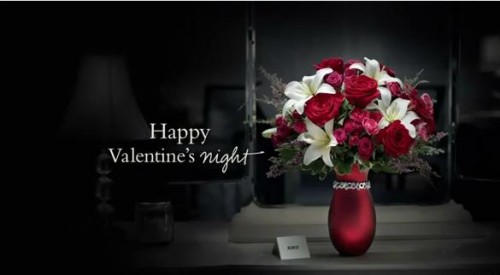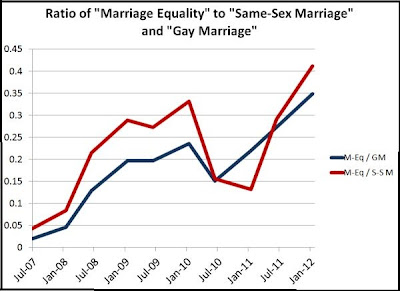 I’ve been incredibly lucky to have the pleasure of giving public lectures on hook up culture at several colleges and universities. I draw on my research in these talks, but I also always give a shout out to Paula England, a sociologist who has collected tens of thousands of surveys from students at dozens of schools. My talk would be a shadow of itself if I couldn’t draw on her excellent work. Accordingly, I’m pleased to be able to feature England giving a presentation about what she has discovered about hook up culture. I suspect that you’ll be surprised, no matter who you are:
I’ve been incredibly lucky to have the pleasure of giving public lectures on hook up culture at several colleges and universities. I draw on my research in these talks, but I also always give a shout out to Paula England, a sociologist who has collected tens of thousands of surveys from students at dozens of schools. My talk would be a shadow of itself if I couldn’t draw on her excellent work. Accordingly, I’m pleased to be able to feature England giving a presentation about what she has discovered about hook up culture. I suspect that you’ll be surprised, no matter who you are:
For more on hook up culture, see my 3-minute appearance on MTV Canada or my 40-minute talk at Franklin & Marshall College (slideshow and transcript if you’d rather read).
Lisa Wade, PhD is an Associate Professor at Tulane University. She is the author of American Hookup, a book about college sexual culture; a textbook about gender; and a forthcoming introductory text: Terrible Magnificent Sociology. You can follow her on Twitter and Instagram.









